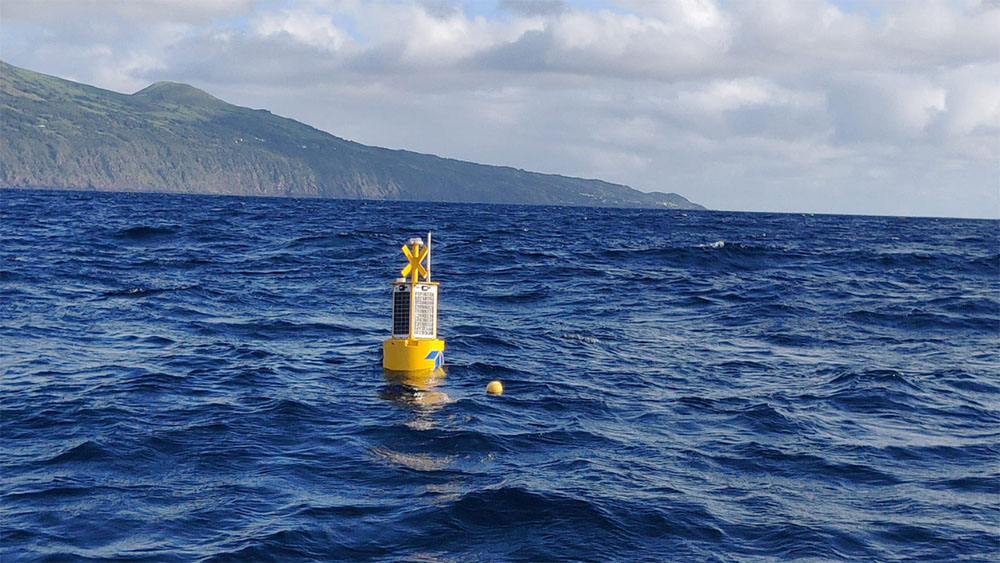
Collisions between vessels and whales are increasingly recognized as a preventable threat to both marine life and maritime safety. As global shipping traffic expands, critical whale habitats, especially migration and feeding corridors, have become high-risk zones for accidental strikes. Every year it is estimated that thousands of whales are injured or killed by vessel strikes.
The OCEAN Project (Operator-Centered Enhancement of Awareness in Navigation), a three-year European Union and United Kingdom initiative, is addressing this challenge head-on by integrating advanced hydroacoustic technology and artificial intelligence as one solution to help ships detect and avoid whales in near-real time.
Creating a Real-Time Acoustic Network to Protect Marine Mammals
OCEAN brings together scientists, technology providers, and maritime operators to improve situational awareness at sea. One of the project's goal is to develop a shared acoustic monitoring network that detects the presence of marine mammals and provides near-real time alerts to mariners about risks otherwise hidden, supporting timely action and thus significantly reducing the risk of ship strikes.
Technology Readiness and Field Testing Success
Through EU and UK funding, OCEAN has achieved Technology Readiness Level 7, meaning its systems have been successfully demonstrated in operational maritime environments. At the heart of one of these field tests are Teledyne Marine's hydrophone arrays, the underwater “ears" that enable vessels to hear what's happening below the surface.
From Listening to Learning: AI-Powered Whale Recognition
The innovation lies not just in listening, but in learning. Teledyne Marine's hydrophones have been used for training highly capable edge computer systems in buoys using machine learning and AI algorithms to recognize whale vocalizations, such as the distinctive clicks of sperm whales. By distinguishing these biological signals from background ship and ocean noise, the system provides reliable, automated detection covering relatively large sea areas. This AI-driven approach marks a significant advance in ocean monitoring, showing that hydrophones and compact, energy-efficient computers can be trained to detect any sound pattern of interest - opening new possibilities in marine conservation, offshore energy, and defense.
Connecting Detection Systems to Maritime Navigation
The OCEAN Project's integrated system connects these intelligent hydrophones to the European Navigational Hazard Infrastructure (ENHI). When whale sounds are detected, alerts are transmitted almost instantly to a ship's bridge via both traditional and novel communications means and modern apps, as well as nearby traffic control centers.
For example, a ferry navigating through fog might receive an alert showing sperm whale activity ahead. Being shown on new and existing displays, the captain can slow down or adjust course, avoiding a potential collision and keeping both the vessel and whales safe.
A Win-Win for Conservation and Commerce
The project's success demonstrates that environmental protection and maritime efficiency can coexist. Early warnings reduce whale fatalities, improve safety, and save operators the costs associated with ship damage, downtime and image-related issues. Just as importantly, OCEAN builds a bridge between conservation and commerce, using cutting-edge technology to achieve tangible results for both.
By contributing hydroacoustic technology and AI expertise, Teledyne Marine played a significant role in advancing the goals of the OCEAN Project. The three-year collaboration showcased how innovation, data sharing, and education can transform marine safety and environmental stewardship, ensuring that ships and whales can share the ocean safely.
